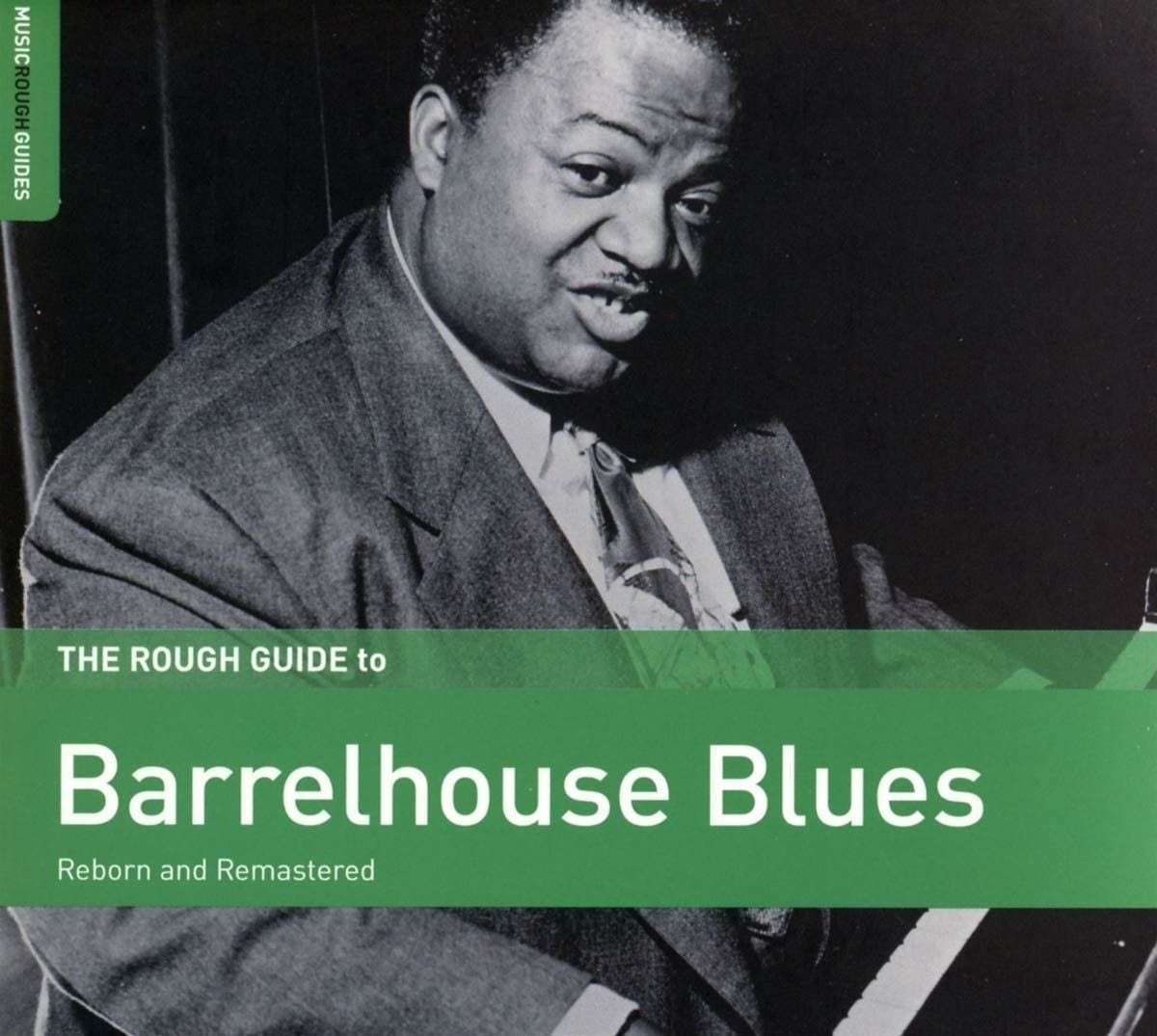
Barrelhouse blues gets its name from early American bars known as barrel houses, usually on the outskirts of town or near labor camps, where African-American workers would get together, drink, and dance. Liquor flowed straight from the barrel (thus the name), and a distinct brand of blues developed in the midst of what was, apparently, a pretty raucous scene. Sometimes barrelhouse piano might also be called boogie-woogie piano, getting that name from Clarence “Pinetop” Smith’s “Pinetop’s Boogie Woogie”, which makes an appearance on this disc.
Musically, barrelhouse piano is typified by a heavy left hand meant to get a crowd moving and a right hand that concentrates on melodies. As the liner notes explain, “Barrelhouse piano developed around the same time as ragtime in the late 19th century, and both shared the same syncopated emphasis on the offbeat. However, this is where the similarity ends as unlike the foot tapping 2/4 ‘oompah’ type rhythm of ragtime, the left hand in the barrelhouse style had a walking and train-like quality that created a tension and excitement that made you want to dance.”
Even if you haven’t heard any vintage barrelhouse piano, it’s likely you’ve heard its later incarnations in R&B and rock and roll. “Pinetop’s Boogie Woogie” (which itself expanded on Cow Cow Davenport’s “Cow Cow Blues”) evolved into Ray Charles’ “Messaround”, while both Little Richard and Jerry Lee Lewis enjoyed success with their supercharged renditions of Bert Mays’s “You Can’t Come In”. If you were playing rock, R&B, or rockabilly piano in the 1950s, you knew all about barrelhouse piano. Even now, you’d be hard-pressed to find a blues band that doesn’t know their way around the walking blues and shuffle cadences found all over this disc.

In addition to showcasing the seeds of early R&B and rock ‘n’ roll, this Rough Guide compilation holds several other surprises. For starters, there’s the stylistic variety to be found in a genre that, when first described, sounds like it might be pretty one-dimensional. But here you have brisk instrumentals, plaintive blues, slow-burning torch songs, and the blues equivalents of murder ballads. That’s always the way of the blues, though, holding back many of its treasures until you take a deep dive. More specifically, it was a revelation that Skip James was a proficient barrelhouse pianist, his take on the form as unique as his more well-known country blues guitar playing.
A mix of legendary players and more obscure names, The Rough Guide to Barrelhouse Blues is a solid introduction to this unique and influential style of blues. It would be impossible to cover every base on one disc, especially when considering a genre that’s over 100 years old. From here, a listener can follow any number of satisfying paths, from learning about musicians like Meade “Lux” Lewis and Speckled Red (whose insult-laden “The Dirty Dozen” here was purposely cleaned up for recorded posterity), or diving into legendary catalogs like that of Leroy Carr. As starting points go, The Rough Guide holds up well as an invitation to learn more about a style of blues that, to this day, underpins so much music.

